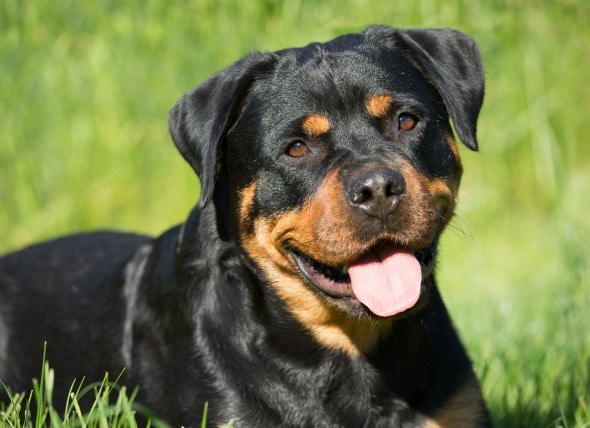
Pustules in Dogs
Much like in teenage humans, acne is a benign disorder that typically only lasts a while. It occurs when the hair follicles become irritated. Dogs with short coats such as Boxers, Bulldogs, and Rottweilers are the breeds most likely to have this condition. Dogs may also experience intense pain and itching.
Acne tends to come on at puberty, from five to eight months of age. Typically it is gone by the time the dog reaches one year of age.
Both dogs and cats are susceptible to this condition. If you would like to learn more about acne affects cats, please visit this page in the PetMD health library.
Symptoms and Types
- Red bumps
- Blackheads
- Infection may develop
- Dog may rub his face against carpet and furniture
- Swelling
- Pus in the lesions from bacterial invasion
- Lesions are painful when you touch them
- Scars from lesions that have healed
Causes
Some causes are:
- Genetics
- Hormones
- Trauma
Diagnosis
Your veterinarian will take note of the dog's breed and will want to know the age when the lesions began to appear. Some other diseases look like acne, and your veterinarian will want to rule them out, including:
- Demodicosis — a kind of mange. Your veterinarian will do skin scrapings to determine or rule out this disease, examining the specimen under a microscope.
- Ringworm — early on, this fungus looks like acne, so hairs will be plucked for a culture. It takes 10 to 14 days to determine whether there is a fungal infection.
- Puppy Strangles — this disease may sometimes appear like acne, although puppies who have it suffer from depression and do not eat.
Dogs with acne are healthy except for the lesions.
mange
The term for a disease of the skin caused by certain mites
benign
Not being able to cause harm; the opposite of malignant.

